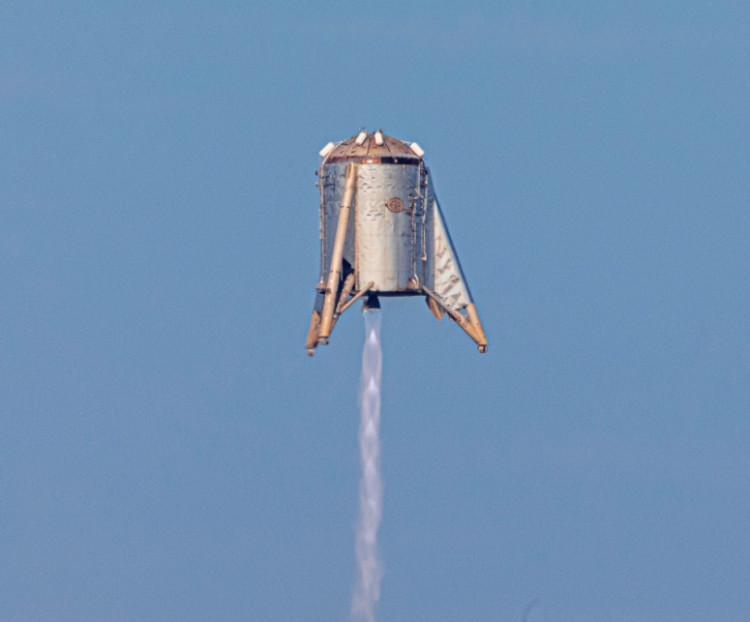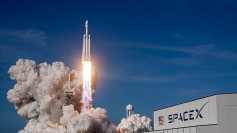Recently, there is a high-stakes traffic problem in the space just above Earth. The Aeolus Earth observation satellite owned by the European Space Agency had to perform a maneuver to avoid collision with Starlink Satellite 44 of SpaceX. Forbes reported that ESA experts calculated that there was a 1 on 1,000 probability of a collision between two satellites; a very slim chance but enough for the ESA to intervene.
According to the European Space Agency Head of the Space Debris Office Holger Krag, they informed SpaceX about this but the private space company responded that they do not plan to do anything about it. The satellites of SpaceX should have automated collision avoidance system but in this particular situation, it is not clear as to why it was not used. The Aeolus satellite of ESA, in order to avoid the imminent collision, fired its thrusters to move away from its current position.
It was a half an orbit maneuver before the possible collision could have taken place. According to ESA, it plans to automate the process of satellite collision avoidance using artificial intelligence. At the moment, the engineers at the agency have to perform the adjustments manually. On Twitter, ESA shared that it is very uncommon to perform collision avoidance moves with active satellites.
The majority of ESA avoidance moves are the result of fragments from previous collisions or from dead satellites. Almost a year before SpaceX's Starlink arrived, Aeolus occupies the region. Since there are no laws in regard to space traffic and there is no designated region where each satellite is assigned to occupy, it is an open space out there.
It is very rare to perform collision avoidance manoeuvres with active satellites. The vast majority of ESA avoidance manoeuvres are the result of dead satellites or fragments from previous collisions#SpaceDebris pic.twitter.com/mjbdoFfCPa — ESA Operations (@esaoperations) September 2, 2019
The recent incident simply underlines the necessity for an organized global approach to traffic in space. In a recent interview, Krag shared that they are not upset that SpaceX told them they would not move but their concern is about future events. For now, these are just a couple of satellites and SpaceX plans to launch thousands and will be deployed and end up in different altitudes in space with no rule or law but goodwill.
This is not the first time that SpaceX's Starlink project made it to the news. In the past, astronomers complained that the company's satellite launching caused problems for their telescopes. The solar panel of the satellite is extremely bright and reflective in the sky. Additionally, SpaceX once lost control of three Starlink satellites in the first month after its official launch.




